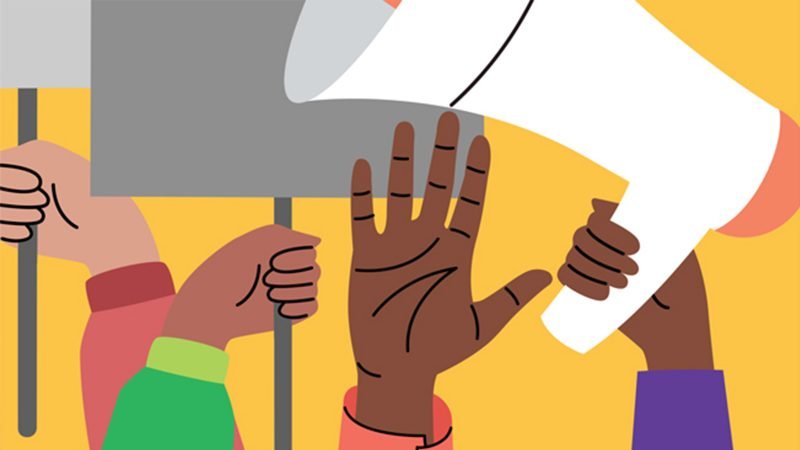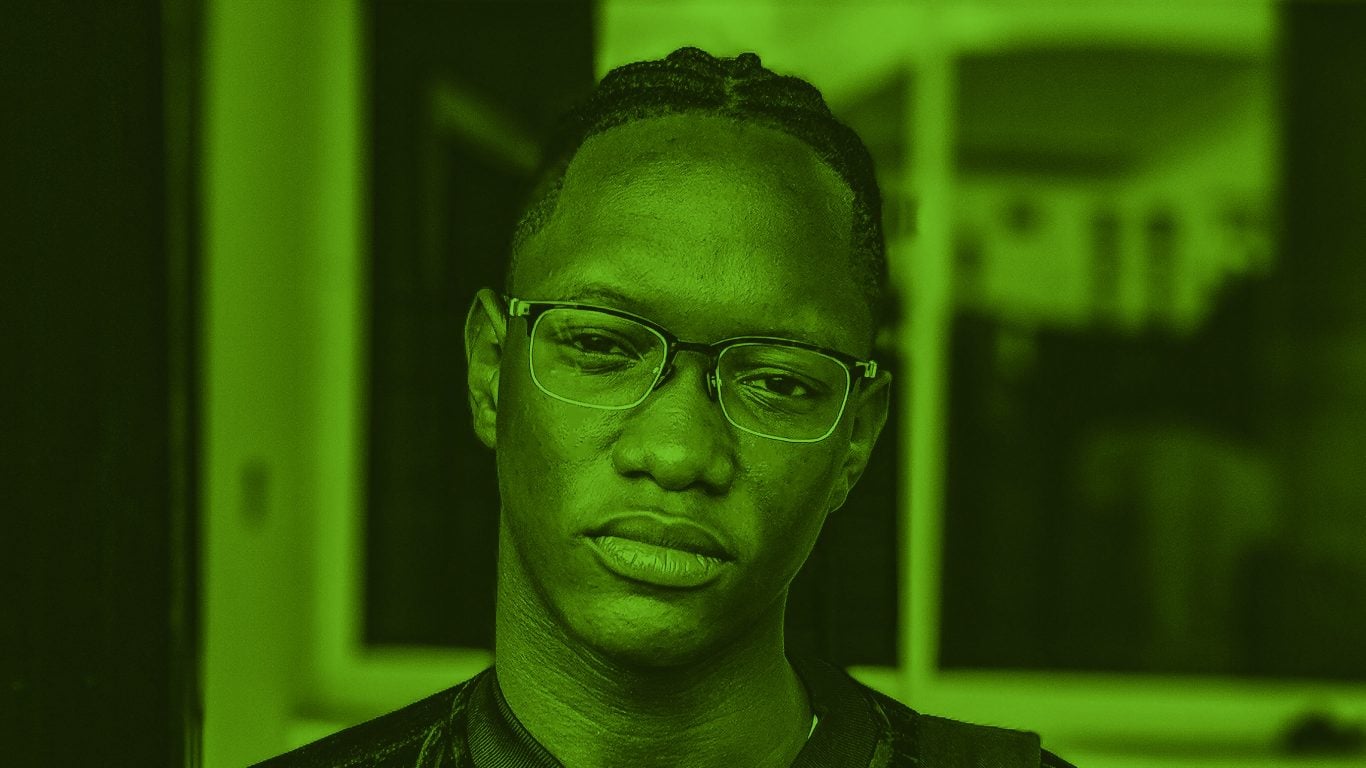We cannot accurately talk about inequality without also talking about how people experience it differently based on their gender and other characteristics, such as their race, class, ability, sexual orientation, and many other facets of their identities. Consider how immigrant racialized women with low incomes face different social and economic barriers when compared to wealthy white women. This is where intersectionality comes in: it is a framework for understanding how people experience marginalization (or privilege) based on their unique social location.
Below, we’ve curated a primer of our best research and insights on this subject
Intersectionality and the implications for workplace gender equity
We can see unequal workplace outcomes on the basis of intersectionality in the gendered and racialized wage gap in Canada. Visible minority women, especially first-generation immigrants, earn on average $5,000 less than non-visible minority women, and $7,000 less than visible minority men. Compared to any other group, immigrant women—and those from racialized backgrounds—along with transgender and nonbinary people are more likely to be unemployed or underemployed in jobs that do not reflect their education or experience. And spending long periods of time in precarious work can have lasting negative effects on their employment outcomes.
Visible minority women are more frequently employed in precarious jobs characterized by insecurity, low wages, low protection, and limited benefits. Poverty rates for visible minority families are three times higher than for non-visible minority families, and families who identify as Arab, West Asian, and Korean have poverty rates above 30%.
Research has documented other types of intersectional inequalities in the workplace. For example, white men often experience a “glass escalator” when working in female-dominated occupations such as nursing and teaching, that enables their promotion through the ranks more quickly. However, the same benefits do not extend to visible minority men; Black male nurses are perceived as less skilled than female nurses.







